What You Need To Know About Synthetic Musks – Their Origins, 6 Disastrous Impact on Health, Risks, Precautions, and Natural Alternatives
Artificial Musks: Their Origins, Impact on Health, Risks, Precautions, and Natural Alternatives
Overview
Artificial musks have been an integral part of the perfume and cosmetics industry for decades. They are prized for their ability to create a long-lasting, pleasant scent that can evoke feelings of sensuality, luxury, and sophistication. However, the use of artificial musks has sparked controversy due to concerns about their origin, impact on health, and environmental effects. In this article, we will explore the origins of artificial musks, their impact on health, associated risks, precautions to take, and natural alternatives.
What is Artificial Musks?
Artificial or synthetic musks are chemical compounds designed to mimic the scent of natural musk, a substance historically obtained from the glands of musk deer and other animals. These synthetic fragrances are used extensively in the perfume and cosmetics industry to impart a musky fragrance to various products. There are two main categories of synthetic musks: nitro musks and polycyclic musks.
- Nitro Musks: Nitro musks were among the earliest synthetic fragrances developed for use in perfumes and personal care products. Common nitro musks include musk xylene and musk ketone. These compounds were widely used due to their ability to create a long-lasting and intense fragrance. However, concerns about their potential health and environmental risks led to a decline in their use.
- Polycyclic Musks: Polycyclic musks, such as galaxolide and tonalide, were developed as alternatives to nitro musks. They are characterized by their ring-like molecular structure, which is believed to reduce their potential health and environmental impact compared to nitro musks. Polycyclic musks are still used in many fragrance products today.
The use of synthetic fragrances has raised concerns about their persistence in the environment, bioaccumulation in organisms, and potential endocrine-disrupting effects. Studies have detected synthetic musks in various environmental media, including water, sediments, and wildlife. As a result, there has been growing interest in understanding the long-term impact of these compounds on ecosystems and human health.
The Origins of Artificial Musk Fragrances
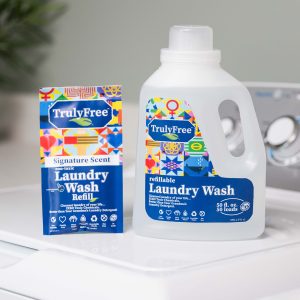
In the late 19th century, scientists began to synthesize musk compounds artificially. These artificial fragrances were designed to replicate the olfactory qualities of natural musk without the need for animal-derived materials. Over time, a wide range of synthetic musk compounds were developed, each with its own distinct scent profile.
How are Artificial Musks Produced?
Synthetic musks are chemically synthesized compounds designed to mimic the scent of natural musk, which was historically obtained from the glands of animals like musk deer. The production of synthetic these fragrances involves several steps of chemical synthesis and formulation. Here’s an overview of how synthetic these fragrances are typically produced:
- Feedstock and Starting Materials: The production process begins with the selection of appropriate chemical feedstocks, such as aromatic hydrocarbons, like benzene or toluene, and other raw materials. These feedstocks serve as the starting point for the synthesis of synthetic these fragrances. Please note that the feedstock chemicals are known carcinogens. That means when you use products of the fragrance in it, you actually risk getting cancer among other diseases.
- Chemical Reactions: Various chemical reactions are employed to transform the chosen feedstocks into the desired synthetic musk compounds. The specific reactions and conditions used may vary depending on the type of synthetic musk being produced.
- Isolation and Purification: After the chemical reactions, the target synthetic musk compounds need to be isolated and purified. This typically involves a series of separation and purification techniques, such as distillation, crystallization, and chromatography.
- Formulation: Once the pure synthetic musk compounds are obtained, they are carefully blended to create the final fragrance formulation. Perfumers and fragrance experts use their expertise to combine these compounds in precise ratios to achieve the desired scent profile.
- Dilution: The concentrated fragrance formulation is often too potent for direct use in consumer products. It is commonly diluted with a neutral carrier or solvent, such as ethanol (alcohol) or specific types of oils, to achieve the desired strength and consistency.
- Quality Control: Rigorous quality control measures are applied to ensure the fragrance formulation’s consistency, stability, and adherence to safety regulations. This involves testing for purity and fragrance characteristics.
- Packaging and Distribution: Once the synthetic musk fragrance is produced, tested, and approved, it is packaged into containers appropriate for its intended use, such as bottles for perfumes, or it is added to consumer products during manufacturing. These products are then distributed to retailers or directly to consumers.
It’s important to note that the specific synthetic musk compounds used in these formulations are often proprietary and closely guarded by fragrance manufacturers. As a result, the exact synthesis methods can vary depending on the fragrance company and the particular fragrance they are creating. Additionally, manufacturers are not typically required to disclose the specific synthetic musk compounds used in their formulations due to trade secrets.
Overall, the production of synthetic musks is a complex and specialized process that combines chemistry, perfumery expertise, and quality control to create scents that mimic the musky aroma of natural musk without the need for animal-derived materials.
Artificial Musk Fragrances and Their Impact on Health
While artificial fragrances have become ubiquitous in perfumes, cosmetics, and household products, concerns have arisen regarding their potential impact on human health. Two main types of artificial musks are commonly used:
- Nitro Musks: These were among the first synthetic musks developed. Nitro musks, such as musk xylene and musk ketone, have been associated with potential health risks. They have been found to accumulate in the body, including in breast milk, and may have endocrine-disrupting properties, affecting hormones and reproductive health.
- Polycyclic Musks: These newer synthetic musks, including galaxolide and tonalide, have been developed to replace nitro musks due to their perceived lower health risks. However, studies have shown that they can still accumulate in the body and the environment, raising concerns about their potential long-term effects.
- Endocrine Disruption: Some studies have suggested that certain synthetic musks, particularly nitro musks, may have endocrine-disrupting properties. Endocrine disruptors can interfere with the normal functioning of hormones in the body, potentially leading to various health issues, including reproductive and developmental problems.
- Allergic Reactions: Synthetic fragrances can cause allergic reactions or skin sensitivities in some individuals. People with fragrance sensitivities or skin conditions may experience itching, redness, or rashes when exposed to products containing synthetic musks.
- Accumulation in the Body: Some synthetic fragrances, including polycyclic musks, have been found to accumulate in the human body over time. They can be detected in various bodily fluids, such as breast milk, suggesting potential long-term exposure and bioaccumulation.
- Environmental Persistence: Synthetic fragrances have been shown to persist in the environment and have been detected in water bodies, sediments, and aquatic organisms. The long-term environmental impact of these compounds is still under investigation, but their persistence raises concerns.
It’s important for consumers to be informed about these potential health risks associated with synthetic fragrances and to exercise caution when using products containing these fragrances. Individuals with known fragrance sensitivities or skin conditions should consider opting for fragrance-free or hypoallergenic products. Additionally, staying updated on regulatory changes and product labeling can help consumers make informed choices about the products they use.
The Risks and Precautions
The use of artificial fragrances in consumer products has raised concerns about their safety. Here are some risks associated with these synthetic fragrances and precautions to consider:
- Allergic Reactions: Some individuals may develop allergic reactions or skin sensitivities to artificial fragrances. It’s essential to patch-test products containing musk fragrances before regular use.
- Environmental Impact: Artificial fragrances are known to persist in the environment and have been detected in water bodies and aquatic organisms. Their potential ecological impact is still being studied, but reducing their use can help mitigate their environmental presence.
- Regulatory Oversight: Regulations regarding the use of artificial musks in consumer products vary by region. Check product labels for information on the presence of musk fragrances and stay informed about local regulations.
Products Containing Artificial Musks
Synthetic or artificial musk compounds are used in various consumer products to impart a musky fragrance. These compounds are often employed to enhance the scent of personal care and household items. Here are some common products that may contain synthetic or artificial musk fragrances:
- Perfumes and Colognes: Fragrance products, especially perfumes and colognes, often incorporate synthetic fragrances to create long-lasting and appealing scents.
- Body Lotions and Creams: Many moisturizers and body creams contain synthetic musks to provide a pleasant and musky aroma.
- Deodorants and Antiperspirants: Deodorant products use musk fragrances to mask body odor and provide a fresh scent throughout the day.
- Shampoos and Conditioners: Haircare products frequently include these synthetic fragrances to leave hair smelling clean and fragrant.
- Soap and Shower Gel: Soaps and shower gels utilize synthetic musks to enhance the bathing experience and leave the skin with a pleasant scent.
- Laundry Detergents: Some laundry detergents include synthetic musks to give clothes a lasting, musky scent.
- Fabric Softeners: Fabric softeners use musk fragrances to provide softness and a pleasant aroma to laundered clothing.
- Air Fresheners: Various air fresheners, such as sprays, plug-ins, and candles, utilize synthetic musk fragrances to freshen indoor spaces.
- Household Cleaning Products: A few household cleaning products, including all-purpose cleaners and disinfectants, may contain these synthetic fragrances to improve product scent.
- Candles: Scented candles often incorporate synthetic musk fragrances to create specific atmospheres and pleasing aromas when burned.
- Personal Care Products: A range of personal care products, including body washes, bath bombs, and perfumed powders, may contain synthetic musks.
- Incense: Some types of incense use synthetic musk fragrances to enhance the aromatic experience.
- Potpourri: Potpourri mixes can include synthetic musk fragrances to provide a long-lasting, pleasant scent.
It’s important to keep in mind that manufacturers often do not disclose the specific synthetic musk compounds used in their formulations due to trade secrets. Therefore, consumers who may have concerns about these synthetic fragrances should consider looking for products labeled as “fragrance-free” or “unscented,” as these are typically formulated without added fragrances, including musks.
How to Avoid Musks
Avoiding these synthetic fragrances in consumer products can be challenging since manufacturers are not typically required to disclose the specific fragrance ingredients used in their formulations due to trade secrets. However, if you are concerned about these synthetic musks or have sensitivities to fragrances, here are some strategies to minimize your exposure:
- Choose “Fragrance-Free” or “Unscented” Products: Look for products labeled as “fragrance-free” or “unscented.” These products are formulated without added fragrances, including synthetic musks.
- Read Ingredient Lists: Even if a product is labeled as “fragrance-free,” it’s a good practice to check the ingredient list to ensure there are no hidden fragrance ingredients. Look for specific terms like “musk” or “fragrance.”
- Select Natural and Organic Products: Consider using natural and organic personal care and cleaning products, as they often use essential oils and natural fragrances instead of synthetic musks. Look for products with certified organic or natural labels.
- Make Your Own Products: Consider making your own personal care products at home. This way, you have full control over the ingredients, and you can choose to use natural fragrances like essential oils if desired.
- Test Products: Before using a new product, especially if you have fragrance sensitivities, perform a patch test on a small area of your skin to check for any adverse reactions.
- Opt for Hypoallergenic Brands: Some brands specialize in hypoallergenic products designed for individuals with sensitivities. These products are typically formulated with minimal allergenic ingredients.
- Contact Manufacturers: If you have specific concerns about a product, consider contacting the manufacturer directly to inquire about the use of synthetic musks or other fragrances.
- Consider Unscented Alternatives: In cases where you can’t avoid a product with synthetic fragrances, such as in cleaning products, consider using unscented or fragrance-free alternatives if they are available.
- Use Natural Air Fresheners: Instead of synthetic air fresheners, use natural alternatives like potpourri, indoor plants, or open windows to freshen your living spaces.
- Consult a Dermatologist or Allergist: If you have severe fragrance sensitivities or allergies, consider consulting a dermatologist or allergist for personalized advice and allergy testing.
It’s essential to be vigilant when selecting products, particularly if you have known fragrance sensitivities or allergies. By carefully reviewing product labels and ingredient lists and choosing fragrance-free or natural alternatives, you can minimize your exposure to synthetic musks and other potential allergenic ingredients.
Natural Alternatives
For those concerned about the risks associated with artificial fragrances, natural alternatives offer a safer and more sustainable choice. Here are some natural alternatives to synthetic musk fragrances:
- Essential Oils: Essential oils extracted from plants, such as lavender, rose, and jasmine, offer natural and fragrant alternatives to artificial musks. They not only provide delightful scents but also have therapeutic properties.
- Plant-Based Extracts: Some brands use plant-based extracts and botanical ingredients to achieve musk-like scents in their products. Look for products that use these natural alternatives.
- Fragrance-Free Products: If you’re concerned about potential health risks, consider opting for fragrance-free or hypoallergenic products that do not contain synthetic fragrances.
Final Thoughts
In summary, synthetic or artificial musk compounds are widely used in numerous consumer products, primarily in the perfume, cosmetics, and personal care industries, to impart a musky fragrance. These compounds are known for their ability to create enduring and appealing scents. However, concerns have been raised regarding their potential health and environmental impacts. Studies have shown that some synthetic fragrances, particularly nitro musks, may have endocrine-disrupting properties and can accumulate in the body and the environment. Additionally, their persistence in water bodies and aquatic organisms has raised ecological concerns.
Consumers who are sensitive to fragrances or have concerns about these synthetic fragrances should be cautious and consider choosing products labeled as “fragrance-free” or “unscented.” Manufacturers are not required to disclose specific fragrance ingredients, making it challenging for consumers to identify the presence of synthetic musks in products.
Further research and regulatory efforts are ongoing to better understand the health and environmental risks associated with synthetic musks and to establish guidelines for their safe use.
Take action today by checking the labels of the products you use daily and choosing Musk-free alternatives. Your health and well-being are worth it! Try this Musk and toxin free Laundry Detergent from Truly Free Household Products
For natural and healing remedies, products, and supplements to help you live your most optimal healthy life, visit our store here!
Remember: Own Your Health!
If you enjoyed the information presented in this article, Please Share It. Help us reach more people and keep this website going! Thank you!
Disclaimer: The information provided in this article is for informational purposes only and should not be considered as medical advice. Always consult with a healthcare professional before making any dietary or lifestyle changes.
References:
- Schreurs, R. H. M. M., & Legler, J. (2018). Artifacts and Uncertainty in the Development of Musk Fragrance Analysis. Environmental Science & Technology, 52(1), 30–32.
- Rimkus, G. G. (1999). Polycyclic musk fragrances in the aquatic environment. Analytical and Bioanalytical Chemistry, 375(4), 437–457.
- Dodson, R. E., & Nishioka, M. (2012). Endocrine Disruptors and Asthma-Associated Chemicals in Consumer Products. Environmental Health Perspectives, 120(7), 935–943.
- Peck, A. M., Linebaugh, E. K., & Hornbuckle, K. C. (2006). Synthetic Musk Fragrances in Lake Erie and Lake Ontario Sediment Cores. Environmental Science & Technology, 40(17), 5629–5635.
- Rimkus, G. G. (1999). Polycyclic musk fragrances in the aquatic environment. Analytical and Bioanalytical Chemistry, 375(4), 437–457.
- Schreurs, R. H. M. M., & Legler, J. (2018). Artifacts and Uncertainty in the Development of Musk Fragrance Analysis. Environmental Science & Technology, 52(1), 30–32.
- Tufvesson, L. M., & Jönsson, B. A. G. (2018). Musk fragrances in personal care products – A new target for future environmental and health assessments. Environment International, 120, 354–365.
- Schnuch, A., & Uter, W. (2008). Fragrance allergy in patients with suspected cosmetic intolerance: Results of an investigation of the Information Network of Departments of Dermatology. Journal of the American Academy of Dermatology, 59(3), 532–538.
- Jurek, A., Boman, Å., Strömbom, Y., Löfstrand, K., Remberger, M., & MacLeod, M. (2017). Release of Synthetic Musk Fragrances from Activated Sludge Applied to Agricultural Soils. Environmental Science & Technology, 51(8), 4509–4518.

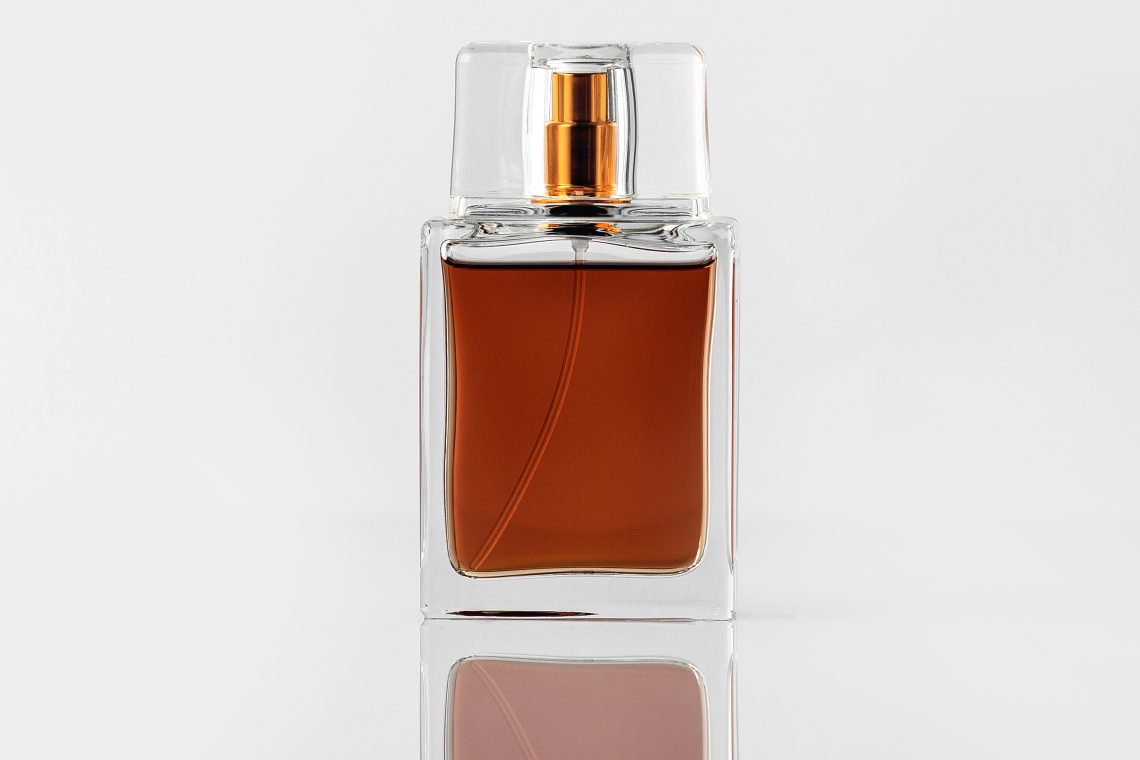
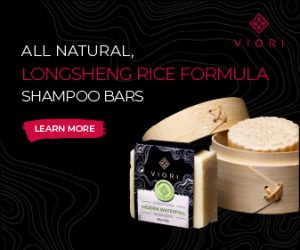
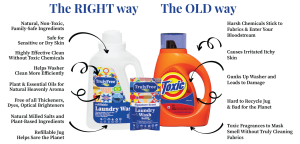
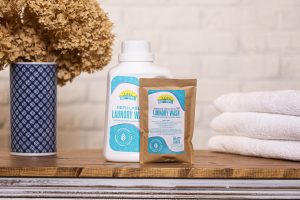



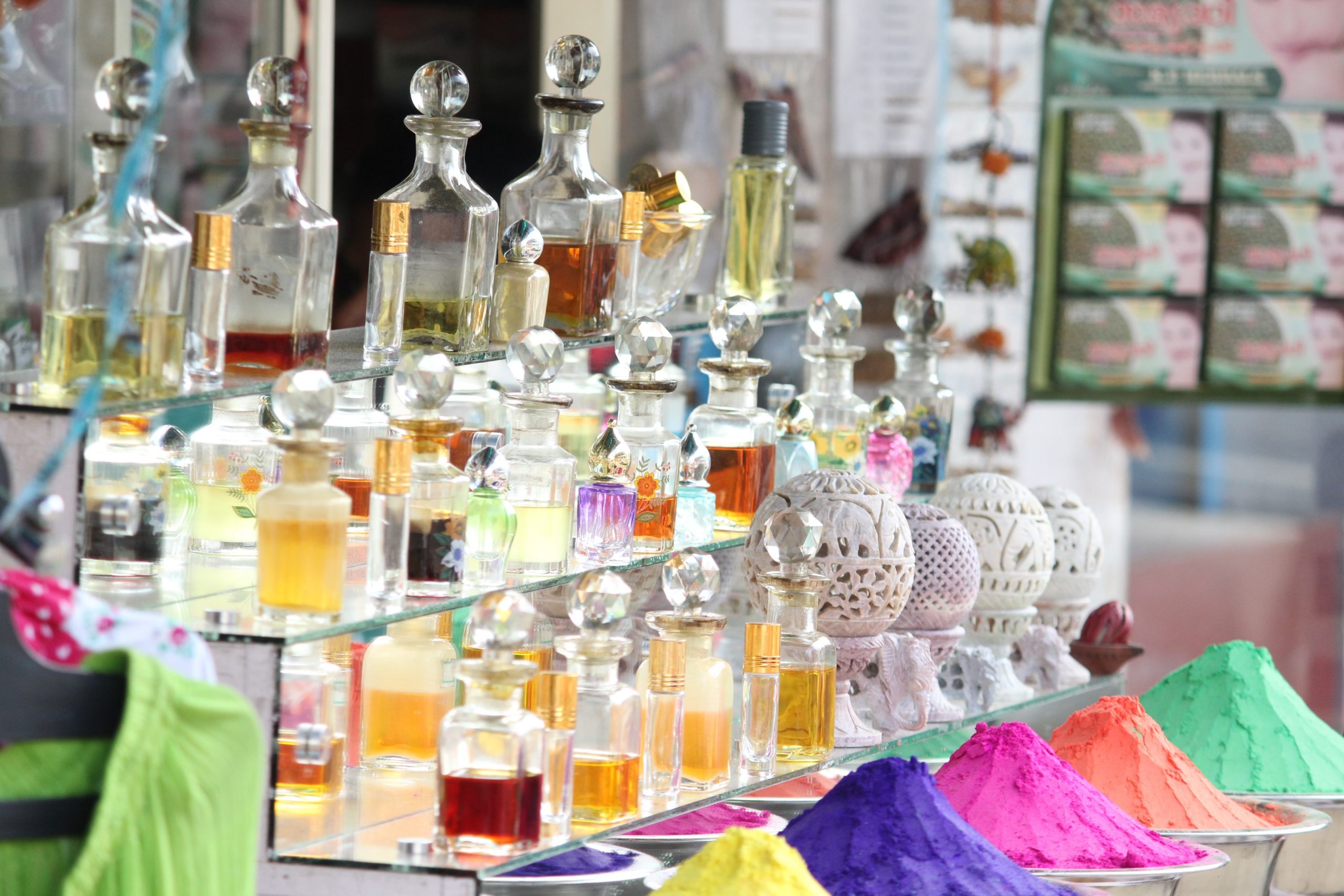

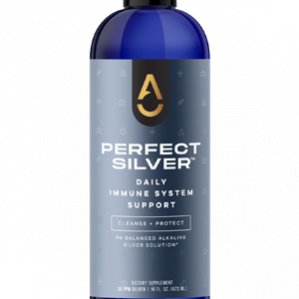
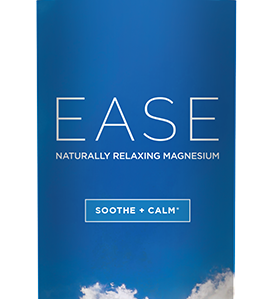
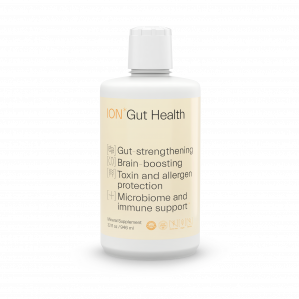
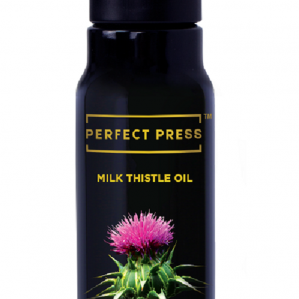












0 Comment